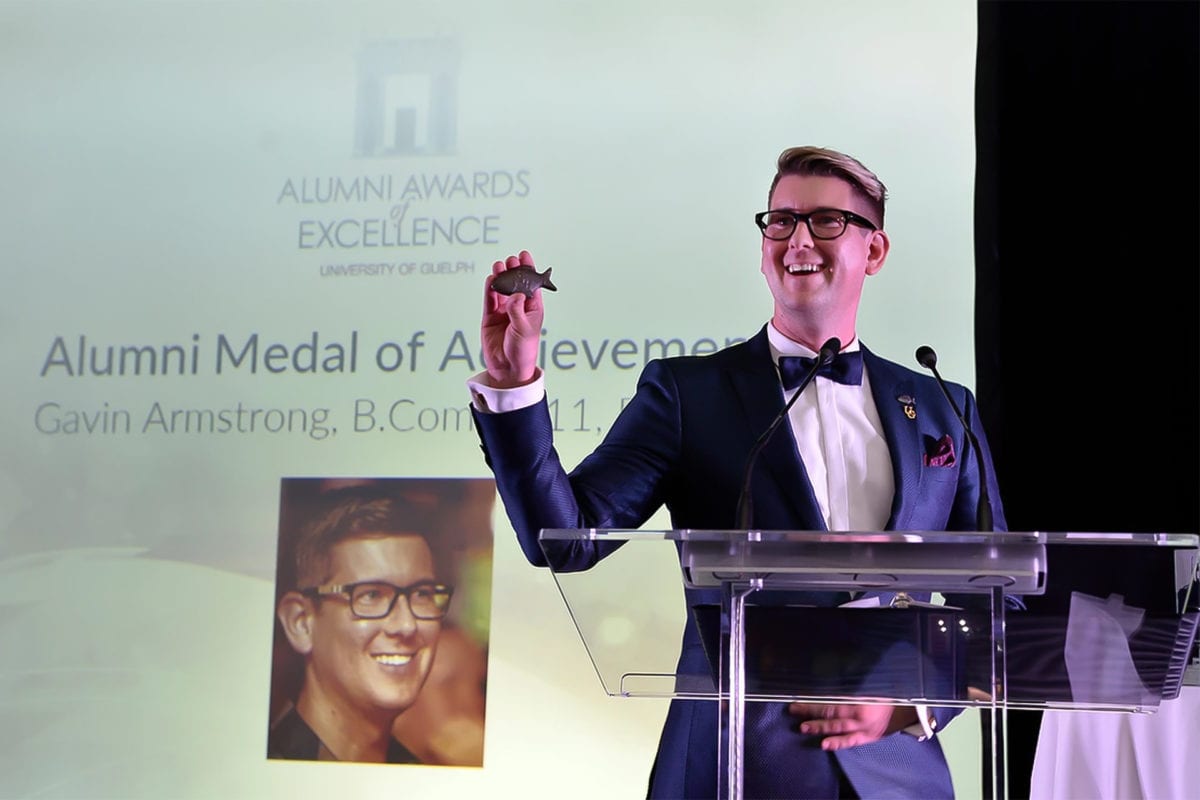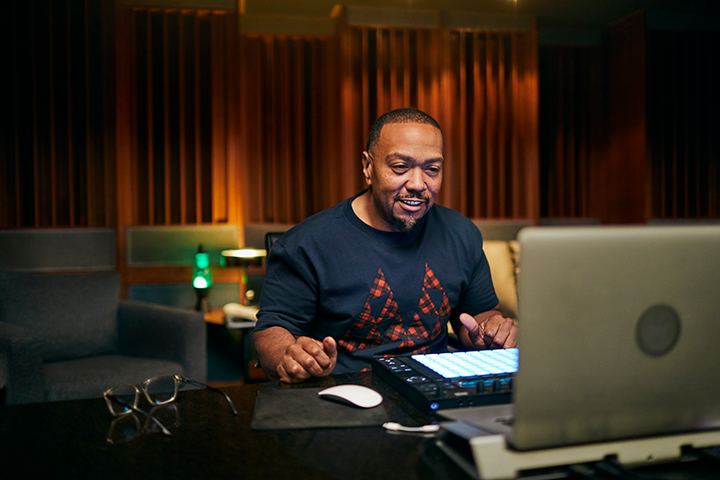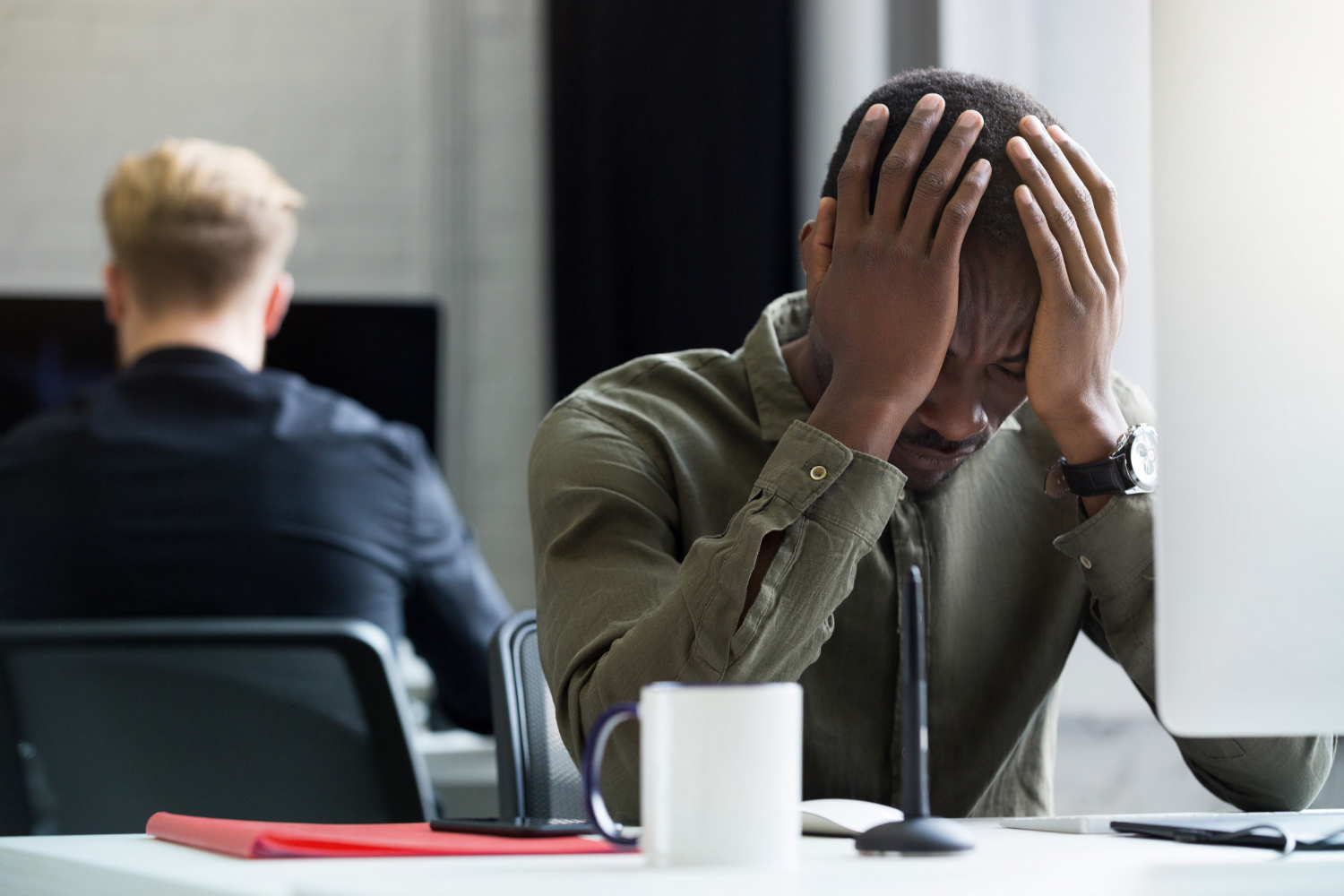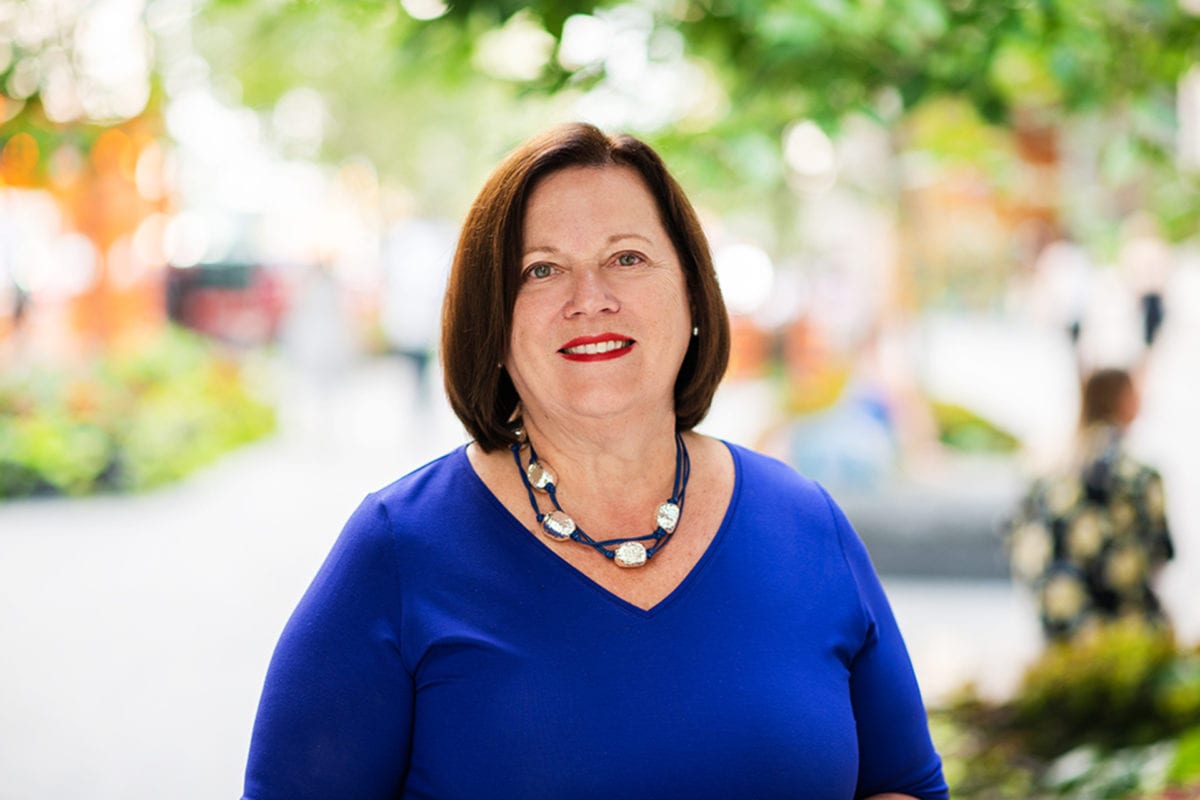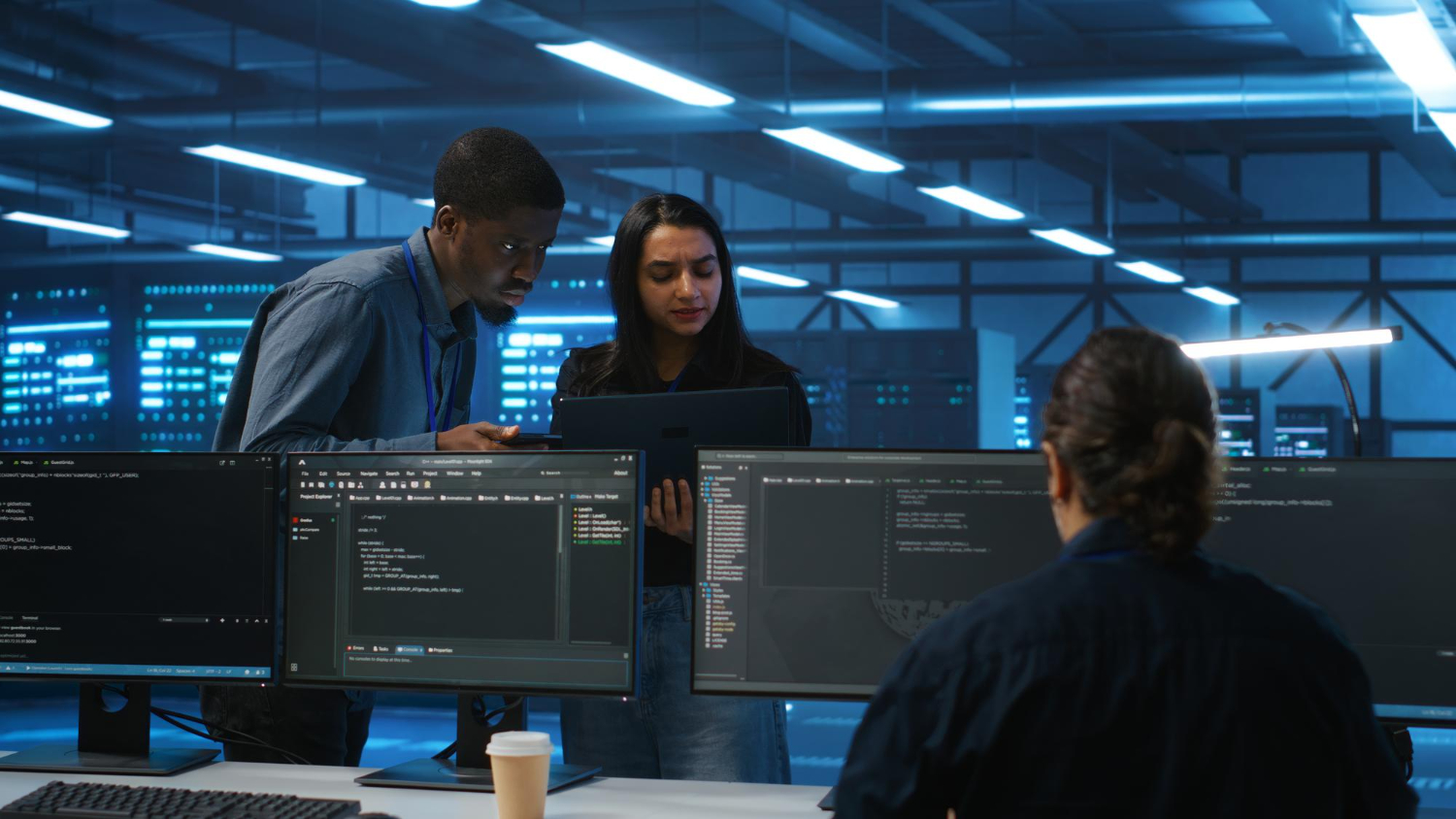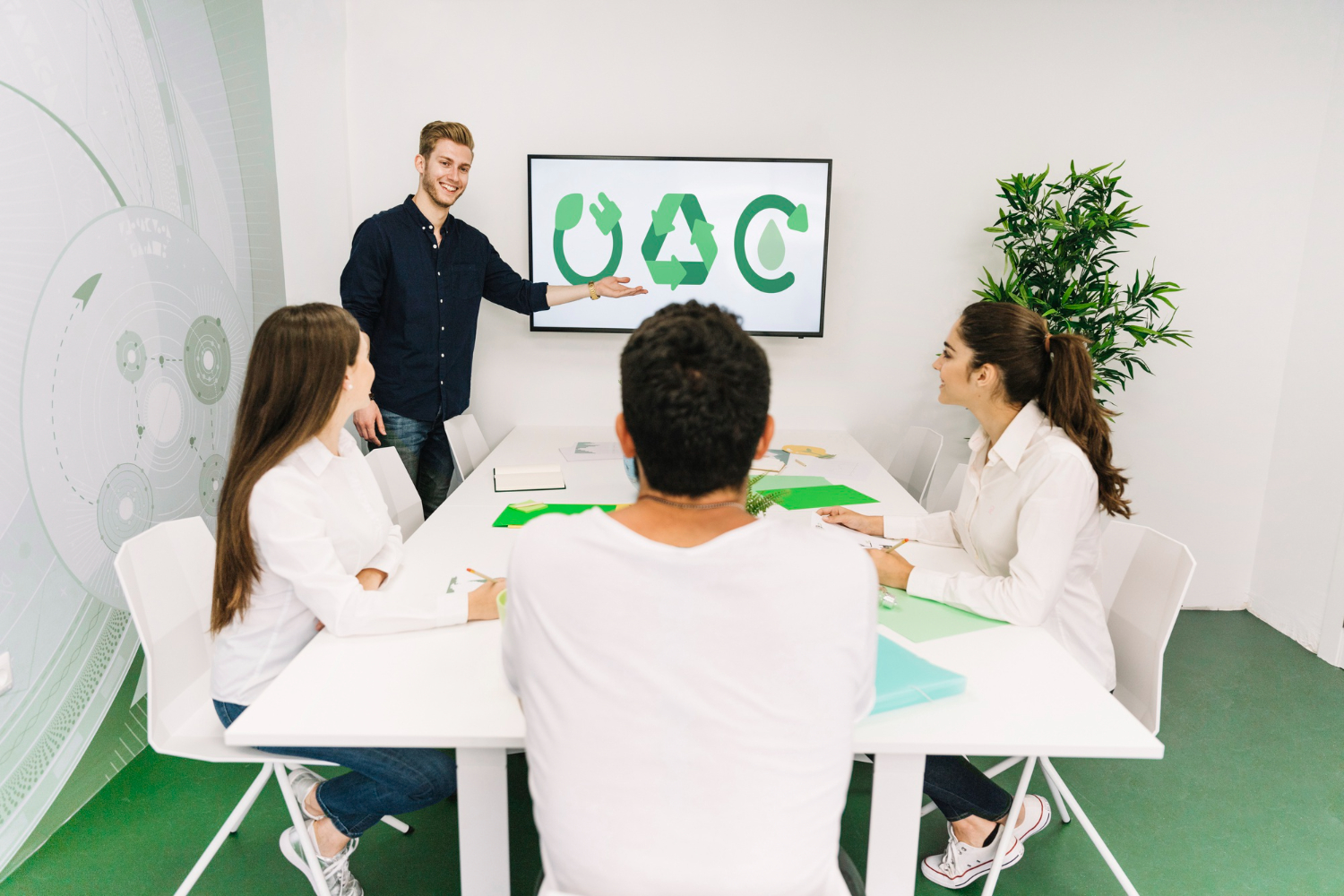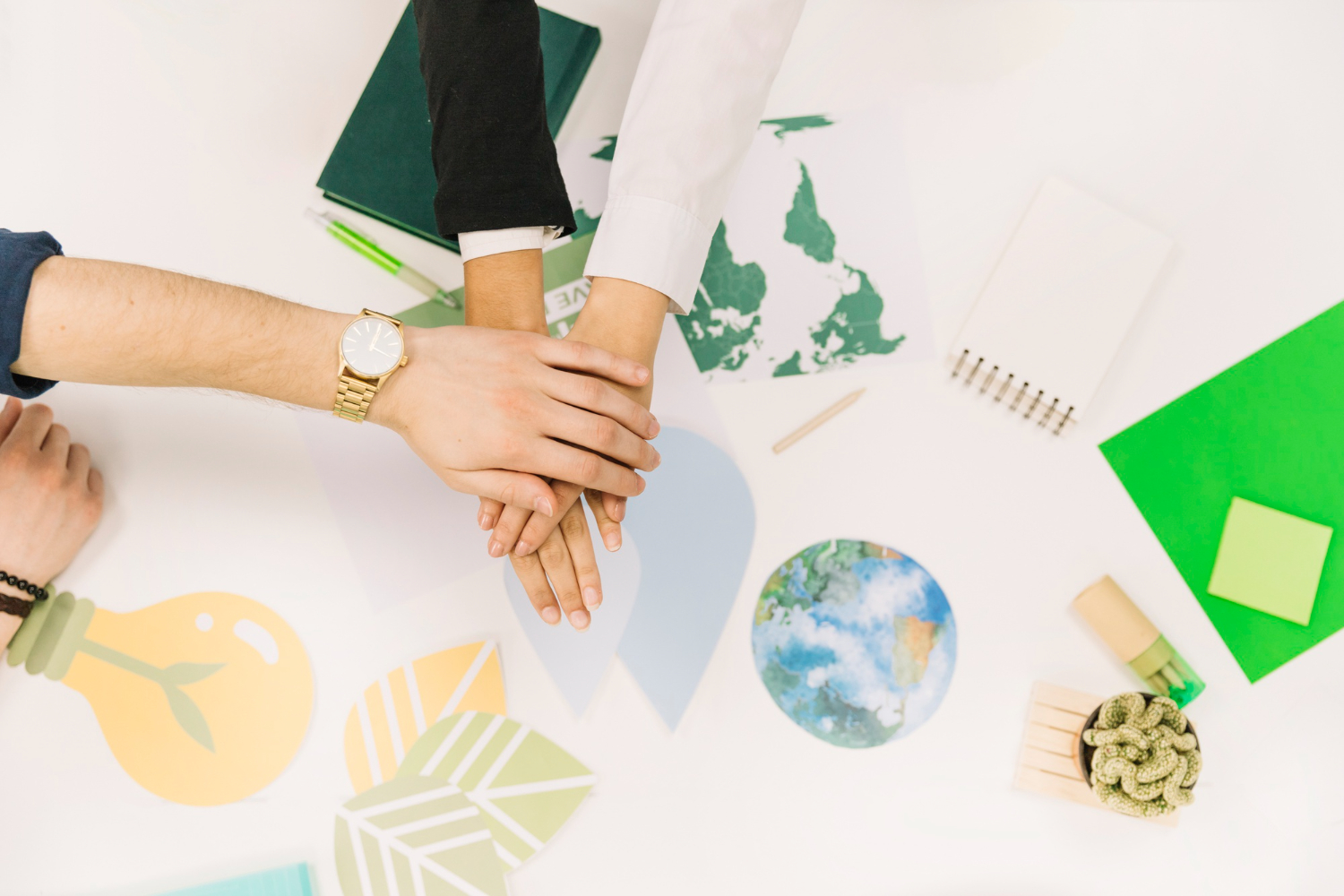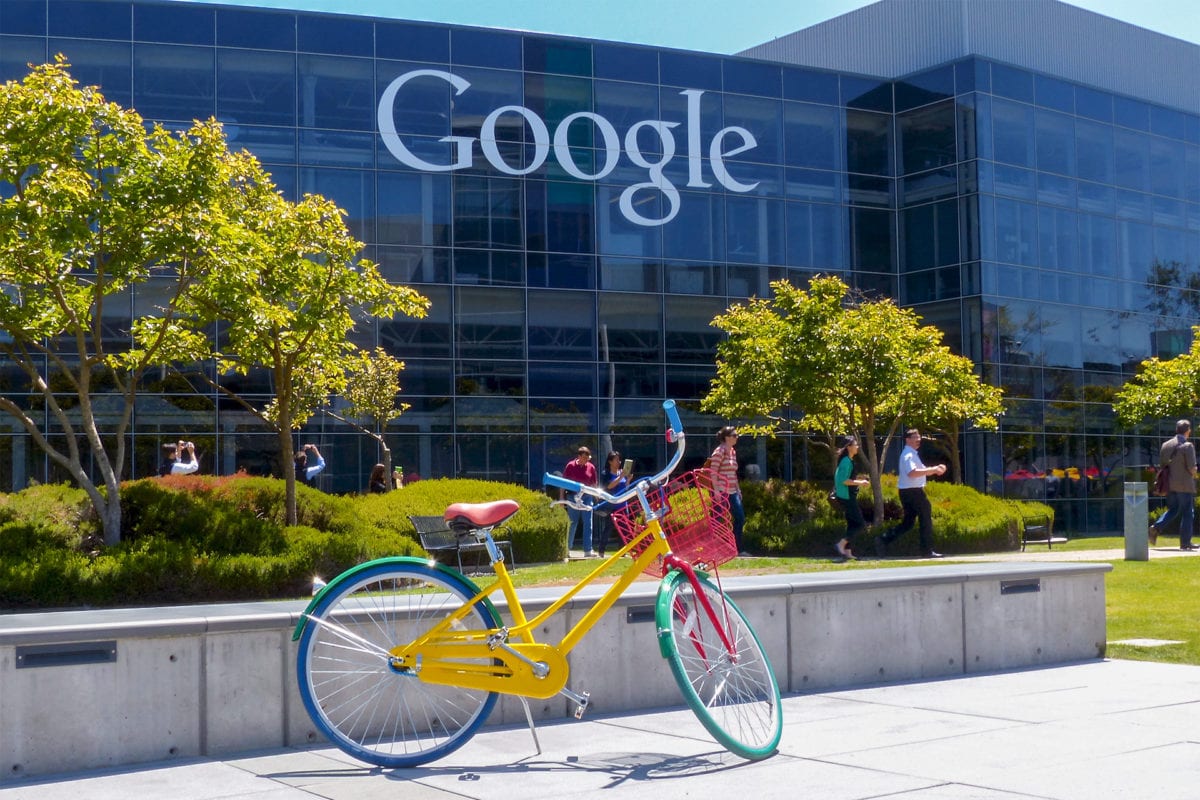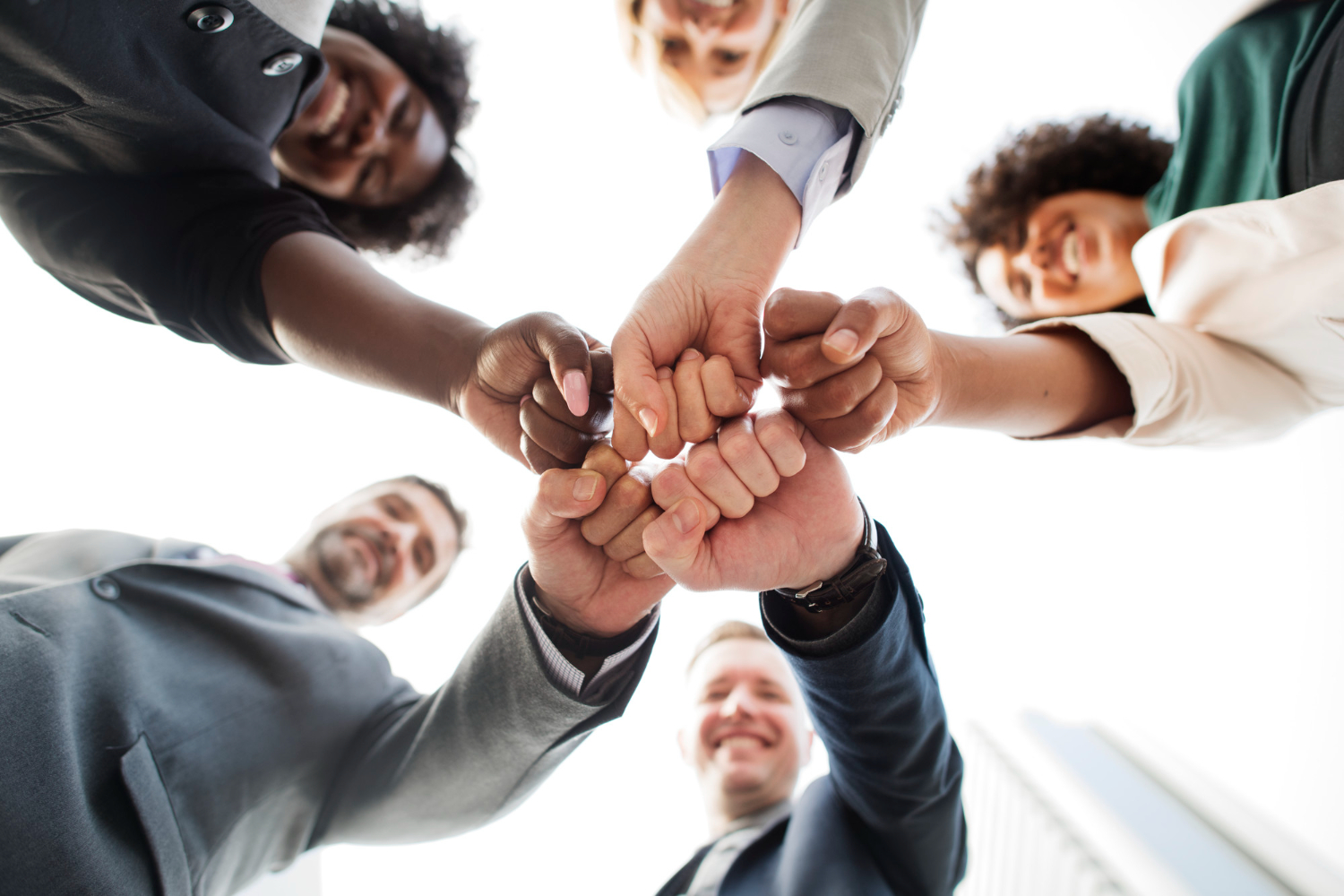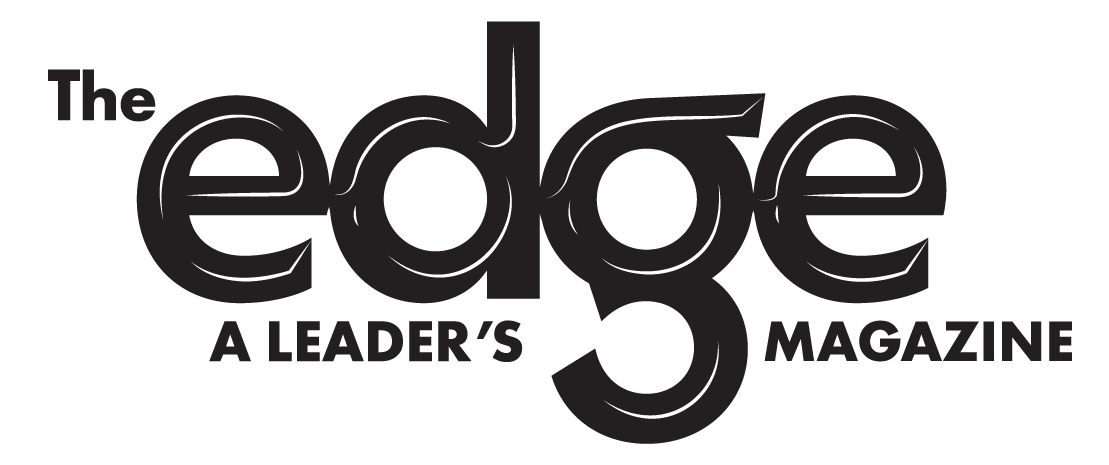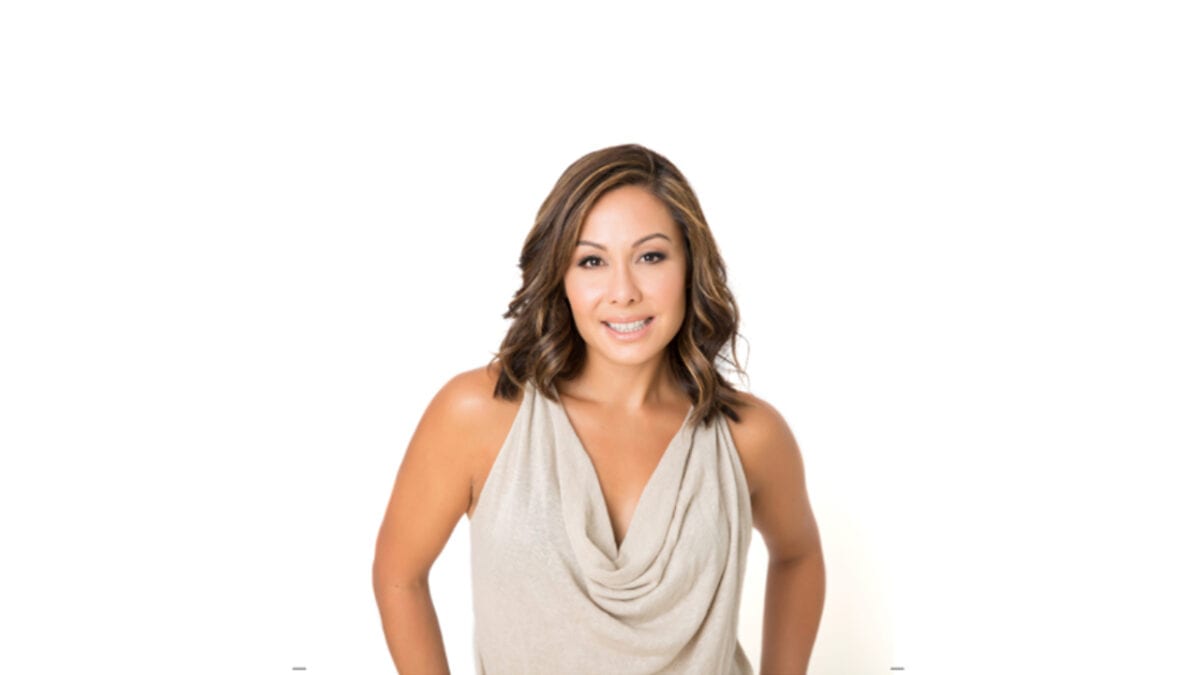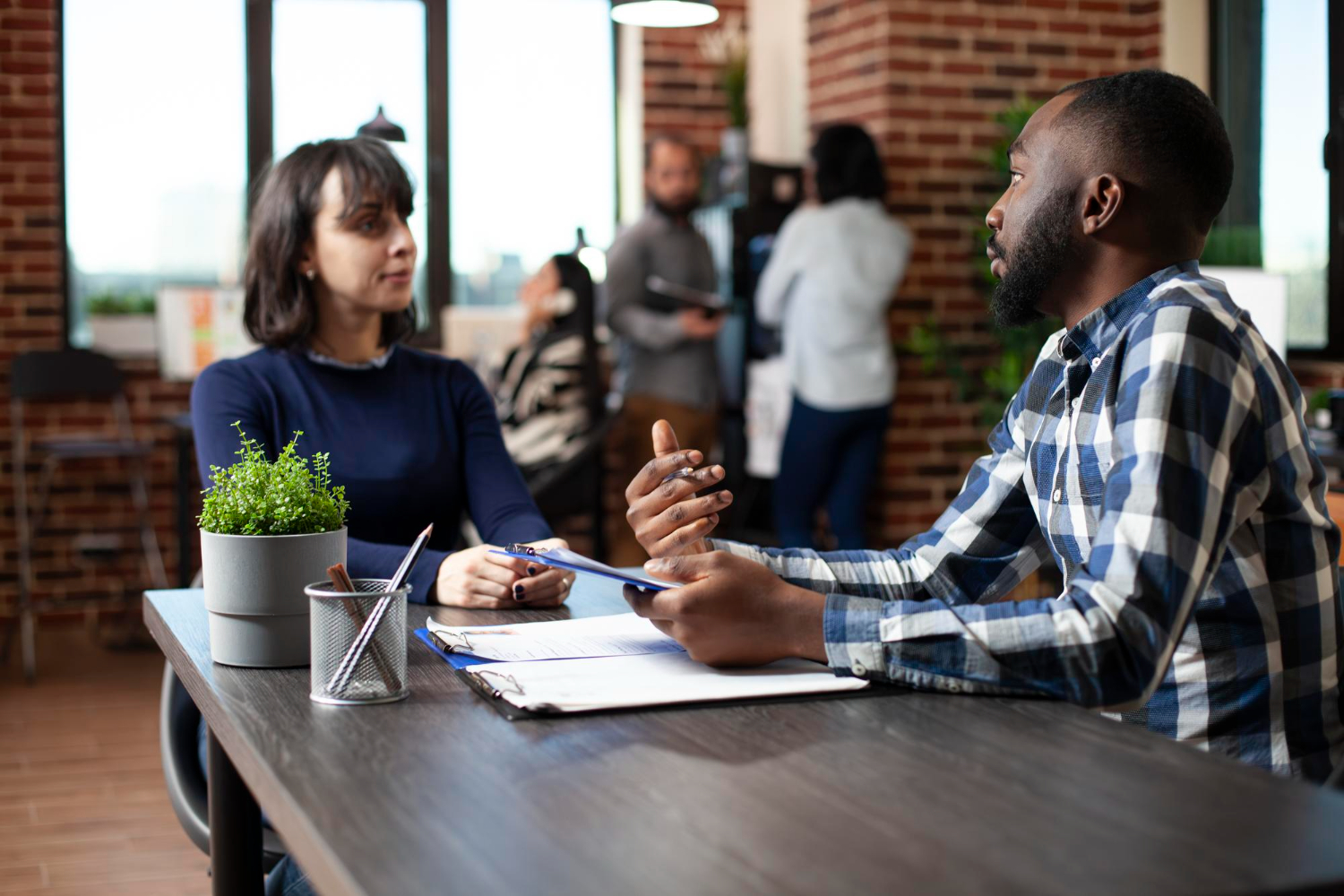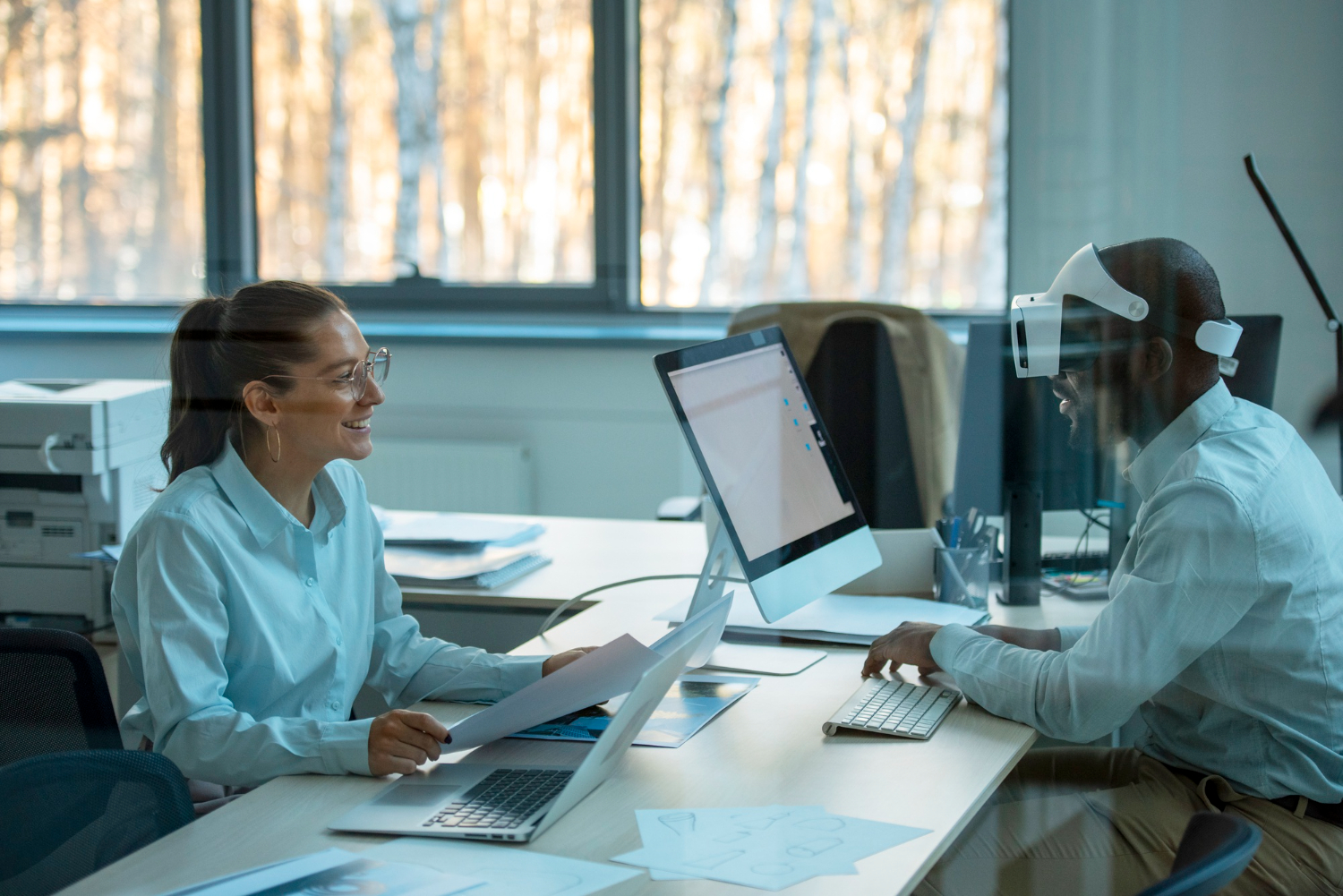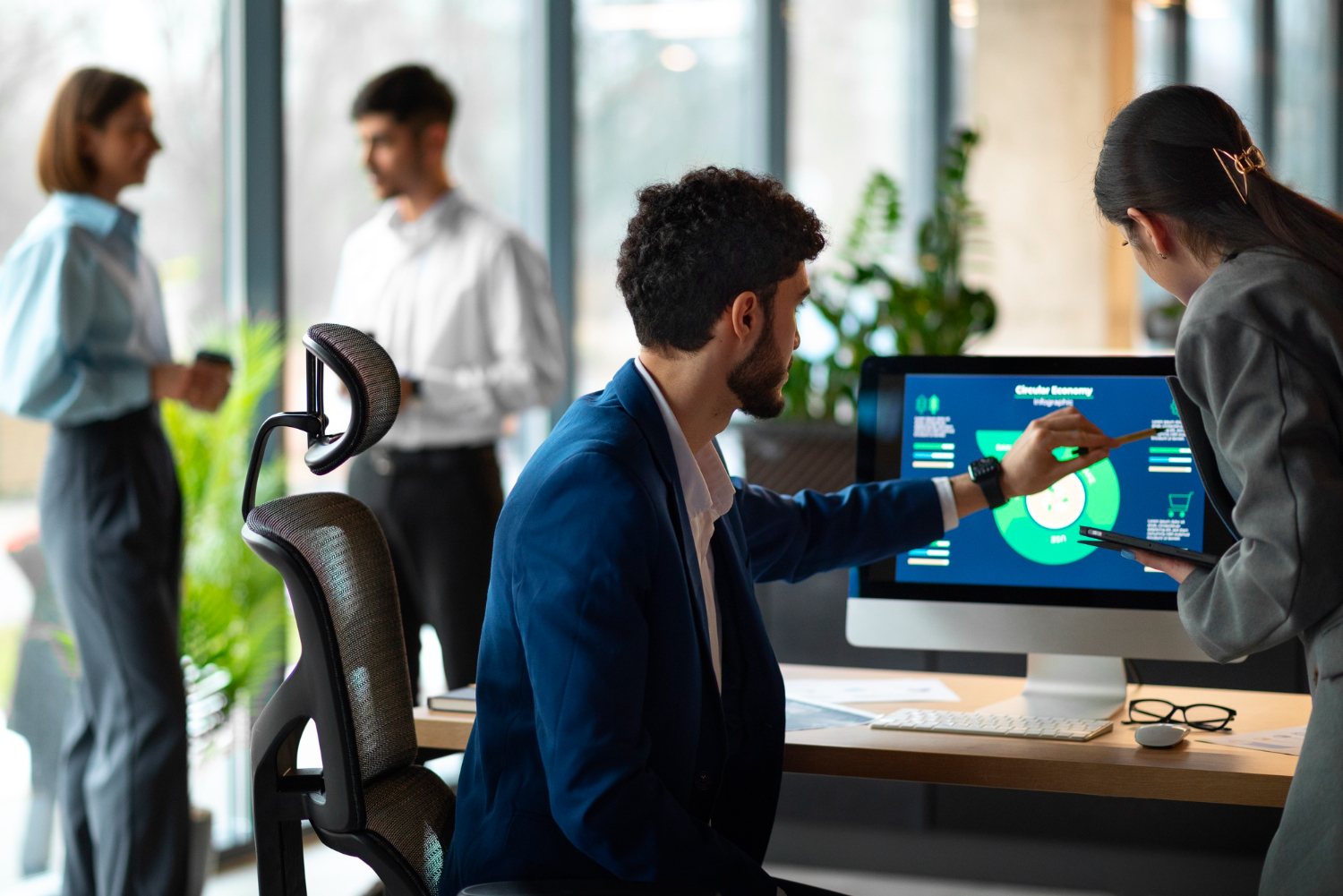He’s not just an entrepreneur; he is an activist, an advocate against world hunger and malnutrition, and a humanitarian dedicated to combating global iron deficiency through simple health innovations.
Dr. Gavin Armstrong is the recipient of the Edge Leadership Award 2023 for his outstanding contribution toward solving the world’s greatest challenges. Dr. Armstrong knew he wanted to reform society and bring social justice when he was just an undergraduate student at the University of Guelph.
His star product The Lucky Iron Fish is devoted to combating iron deficiency across the globe, with a simple reusable cast iron fish that can be boiled with your food and infused it with iron. His brand is now across the globe helping fight Hidden Hunger, and Dr. Gavin is on a mission to make iron deficiency a thing of the past, one fish at a time.
You faced many challenges while growing up. How does it feel to overcome that, and make a difference?
Being bullied in high school made me feel worthless. I tried building self-worth through selfish means like making more money, but I was miserable and failing out of university.
I took a chance and did a field course in Botswana, where I learned about serious issues that existed. I realized I was on a selfish trajectory to prove a bully wrong while this type of need existed.
I shifted my education to issues around malnutrition, and now I feel I’m adding worth to the world, which has been very impactful.
How should businesses incorporate social responsibility in their business plans?
You must have something that keeps you going, and for me, it’s social impact. I believe businesses hold the power and responsibility to solve problems that a lot of businesses have previously caused.
If you know what you’re doing is impactful, it can help get you through a lot of challenges. For me, it’s knowing that even a bad day in the office is helping to improve lives around the world.
How does one overcome skepticism on CSR initiatives?
There’s a perception that having social impact is expensive. Impact should be embedded in everything that you do from the paper in your printer, to the work you’re doing with your staff.
From the beginning, we had this principle and became a registered Benefit Corporation. We were the first B Corp in Guelph, proving that you can do well and do good simultaneously.
What would you tell someone wanting to create a business with a cause?
If your motivation is wanting to make a difference, you’ll have a reason to keep doing what you’re doing. But the advice I give is, you must surround yourself with an incredible team, aligned with what you want to do.
I’m lucky to work with a team that wants to contribute to our mission. I would not be here today if it weren’t for that team.
How do you think businesses should engage with their customers?
It is important to get customer insight in a constantly evolving world. TikTok is one of our main channels now because customers want that. We listened and we bring on those who are a bit more youthful, who understand how TikTok works. So, it’s just about understanding the adaptive customer trends that are out there.
Do you think social media is one way to go about it?
With social media you have billions of people and opinions connected, making it a useful tool in collecting information.
There are a lot of agencies who can help you collect that information and distill it down, but there’s also simple things like asking a customer how they heard about us. Simple things like that can help get valuable insight.
What does the future look like for Happy Iron Life?
We started with one product and now we’ve rebranded to Lucky Iron Life because we’re looking at multiple innovations that can help with iron deficiency anemia like an iron-enriched powder that you could put into a beverage, or large-volume cooking for NGOs.
We want to partner with a diagnostics company to provide more awareness about iron deficiency. We want to be a leader in combating iron deficiency, and I’m excited to take us on that path.
Pragya Bisen | Contributing Writer
